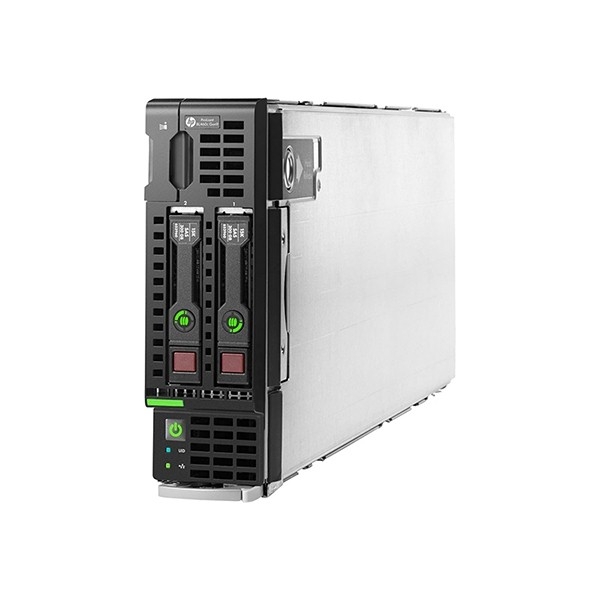A server is a device with a particular set of programs or protocols that provide various services. Together, a server and its clients form a client/server network, which provides routing systems and centralized access to information, resources, stored data, etc.
What is a blade server?
A blade server is a stripped-down server computer with a modular design optimized to minimize the use of physical space and energy. Blade servers have many components removed to save space, minimize power consumption and other considerations, while still having all the functional components to be considered a computer. Its main structure is a large mainframe with a number of "Blade", each of which "blade" is actually a system motherboard. It is a HAHD (High Availability High Density) low-cost server platform designed specifically for special applications and high-density computing environments.
Single server (HP server)

Multiple servers (HP server)

Advantages of blade server
In a standard server-rack configuration, one rack unit or 1U—19 inches (480 mm) wide and 1.75 inches (44 mm) tall—defines the minimum possible size of any equipment. The principal benefit and justification of blade computing relates to lifting this restriction so as to reduce size requirements. The most common computer rack form-factor is 42U high, which limits the number of discrete computer devices directly mountable in a rack to 42 components. Blades do not have this limitation. As of 2014, densities of up to 180 servers per blade system (or 1440 servers per rack) are achievable with blade systems.
Enclosure (or chassis) performs many of the non-core computing services found in most computers. Non-blade systems typically use bulky, hot and space-inefficient components, and may duplicate these across many computers that may or may not perform at capacity. By locating these services in one place and sharing them among the blade computers, the overall utilization becomes higher.



















































































































